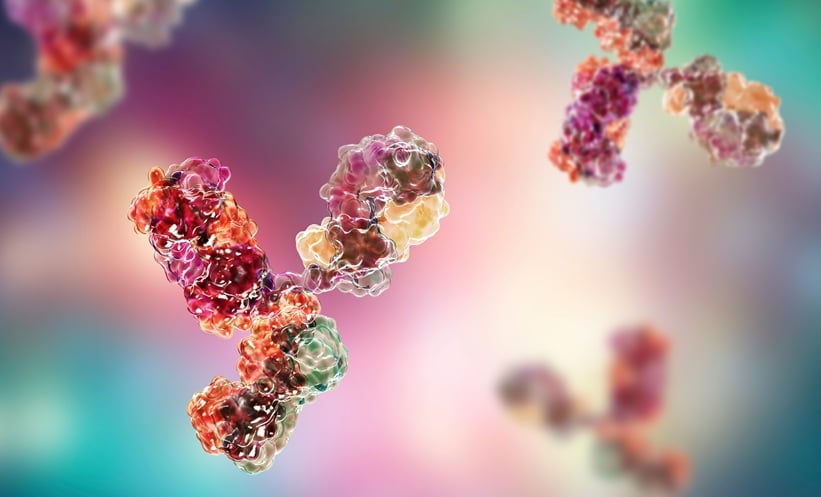A LARGE-scale genome-wide association study (GWAS) has identified four novel susceptibility loci associated with primary spontaneous pneumothorax (PSP), offering new mechanistic insights into its pathogenesis.
PSP is a rare condition typically affecting young, otherwise healthy individuals, with aetiology that remains poorly understood. In this first GWAS of its kind, researchers analysed 2,223 PSP cases and 3,838 controls to investigate genetic risk factors. Functional validation was carried out using in vivo and in vitro models, including gene expression profiling in lung epithelial cells and generation of conditional knockout mice to probe downstream effects of the identified loci.
The study revealed significant associations at four loci: 14q32.2 near C14orf177, 15q26.3 near CHSY1, 16q23.1 near CFDP1, and 22q13.1 near CBX7. Fine-mapping of the 22q13.1 locus identified a functional variant disrupting CREB1 binding and downregulating CBX7 expression. Lung epithelial cell-specific knockout of Cbx7 in mice resulted in cystic lesions, implicating it in alveolar structural integrity. Furthermore, CBX7 downregulation upregulated MMP9 and MMP16, suggesting that dysregulation of extracellular matrix remodelling contributes to PSP pathology.
These findings provide compelling evidence for a genetic basis in PSP susceptibility and highlight CBX7 as a potential regulator of lung matrix homeostasis. This genetic insight may guide future research into targeted therapies and risk stratification in PSP.
Reference
Xu L et al. Genome-wide association study reveals CBX7 as a novel susceptibility gene associated with primary spontaneous pneumothorax in the Chinese Han population. Eur Respir J. 2025; DOI: 10.1183/13993003.02110-2024.








